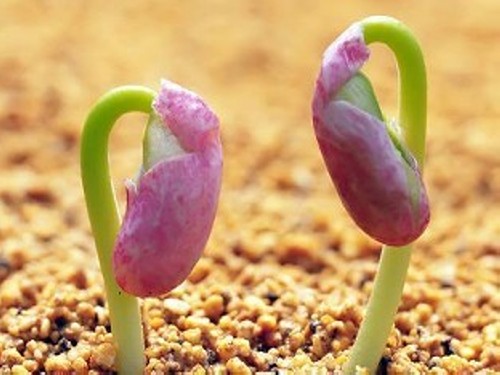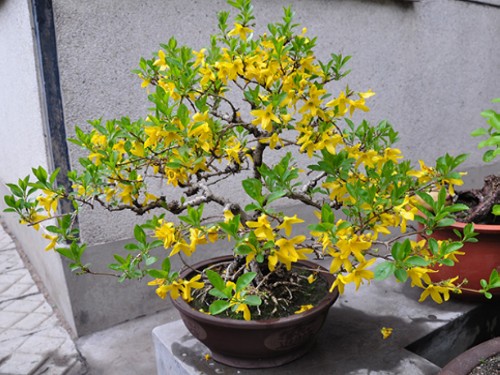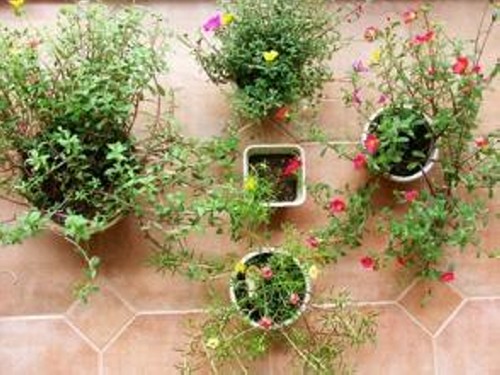Planting method of potted Zhu Dinghong
Zhu Dinghong's flowers are huge and colorful, and its roots are familiar with garlic, so it is also a perennial flower of the family Amaryllidaceae. Because his flowers are big and colorful, everyone likes to put Zhu Dinghong in his living room, study and other places to beautify his home. Today, Huahua will introduce to you the planting method of Zhu Dinghong.

Zhu Dinghong culture method is simple, in most cases casually buried in the soil can flourish, and even the light ball forgotten in the corner can tenaciously blossom. There are many varieties of Zhu Dinghong, which is not inferior to tulips. Zhu Dinghong likes a warm and humid climate, and the suitable temperature for growth is 18-25 degrees Celsius. The following is a brief introduction to several key links of Zhu Dinghong planting:
Zhu Dinghong is suitable for growing at a temperature of about 20-25 ℃, and the culture method is simple:
1. Clean up the seed ball
Cut off the rotten and dry roots of the bulbs and retain the remaining healthy roots. If there are multiple layers of brown dry outer skin on the outside of the seed ball, part of it can be peeled off to minimize the hidden danger of festering.
2. Planting balls to replenish water
If the bulb loses more water due to a long storage period, it is best to replenish the bulb, that is, soak the middle and lower part of the bulb with water slightly higher than the ambient temperature for 1 or 2 hours.
3. Disinfection
It is the key link of planting, generally using common disinfectants such as carbendazim, chlorothalonil, methyl Topu and so on according to the instructions. After the end, disinfectant water is used for irrigation after planting to achieve the purpose of disinfecting soil.
4. Media selection
Under the limited planting space, the choice of media is very important. Zhu Dinghong is suitable for planting in a crispy, permeable and acidic medium. The recommended medium is peat: vermiculite: perlite 2:1:1 or peat: perlite 1:1. When it is inconvenient, ordinary sapropelic soil can be used instead of peat and river sand instead of perlite. It is best to mix 10% bone meal, calcium superphosphate and other base fertilizers in the medium.
5. Planting depth
At least half of the bulbs are exposed when the bulbs are first planted, and the status of the bulbs is often checked, because the bulbs are very prone to fester during this period. After this period, the roots and leaves of the bulbs grow out, and then cover the soil to the first or second of the bulbs.
6. Watering
Water thoroughly at one time after planting, wait for the basin soil to be basically dry, and then water it. Do not fertilize the bulb except the base fertilizer before the bulb leaves.
7. Placement environment
After planting, it was first placed in a cool place of 10-15 ℃ for rooting, and then moved to a higher temperature of 20-25 ℃ after two weeks.
In short, some of the work done at this stage is mainly for two purposes: to prevent decay and to take root smoothly. If everything is all right, we will move on to the next step.
Time: 2019-05-25 Click:
- Prev

Planting technique of Camellia oleifera
Camellia oleifera is a kind of tree that will change its style and appearance with the change of the four seasons. When the branches and leaves are sparse in spring, Ching Ming Festival will have beautiful yellow flowers before and after; in summer, the leaves will bear fruit; in autumn, the branches and leaves will flourish, showing a green scene; in winter, the withered branches and leaves show a desolate beauty.
- Next

Make a gentleman's planting method
The gentleman is a kind of plant that is easy to identify, because its floret composed of five petals will droop down when it is fully opened, and the shape of the flower is very special. It blooms from June to September in summer, and the florescence is quite long. There are two types of flowers, single and double, but the most common is single, double is very rare.
Related
- Fuxing push coffee new agricultural production and marketing class: lack of small-scale processing plants
- Jujube rice field leisure farm deep ploughing Yilan for five years to create a space for organic food and play
- Nongyu Farm-A trial of organic papaya for brave women with advanced technology
- Four points for attention in the prevention and control of diseases and insect pests of edible fungi
- How to add nutrient solution to Edible Fungi
- Is there any good way to control edible fungus mites?
- Open Inoculation Technology of Edible Fungi
- Is there any clever way to use fertilizer for edible fungus in winter?
- What agents are used to kill the pathogens of edible fungi in the mushroom shed?
- Rapid drying of Edible Fungi

